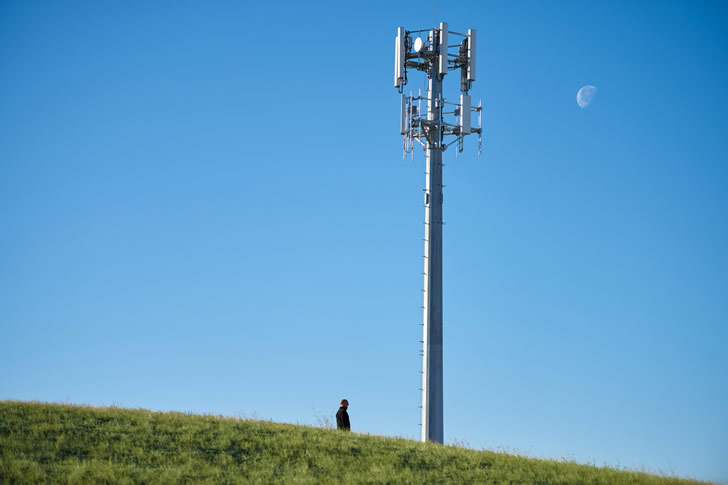

With the increasing reliance on smartphones in our daily lives, cyber attacks targeting these devices have also been on the rise. While iOS users may feel a certain level of security due to the closed operating system, it's important to acknowledge that they are not completely immune to being targeted. To mitigate these risks, there are three essential settings that iOS users must implement to safeguard their devices and personal information.
The first critical setting that every iOS user should activate is face recognition. Despite the availability of password protection and biometric security measures like fingerprint scanning and facial recognition, there are still many individuals who use their phones without any form of password protection. This can leave their devices vulnerable to unauthorized access.
To activate face recognition on your iOS device, follow these steps:
Implementing face recognition adds an extra layer of security to your iOS device and ensures that only you can access it.
Another crucial setting that iOS users must activate is two-factor authentication (2FA). This security measure adds an additional layer of verification beyond a password when signing in, acting as a powerful deterrent against hackers. Even if your password has been compromised or guessed, the presence of 2FA ensures that your account remains secure.
To set up two-factor authentication on your iOS device, follow these steps:
By implementing two-factor authentication, you add an extra layer of security to your accounts, making it more difficult for hackers to gain unauthorized access.
The iCloud Keychain feature acts as a robust defense against hackers attempting unauthorized access to your accounts. It securely stores and encrypts the passwords you enter on your iPhone, allowing you to generate and use strong passwords without the burden of remembering them. Your phone will automatically input the correct password when signing in to various services, minimizing the risk of keystroke loggers or password interception.
To activate iCloud Keychain on your iOS device, follow these steps:
By enabling iCloud Keychain, you ensure that your passwords are securely stored and that your accounts are protected from unauthorized access.
In conclusion, as smartphones become increasingly integrated into our lives, it is imperative that iOS users take proactive steps to protect themselves from the growing threat of cyber attacks. By activating face recognition, implementing two-factor authentication, and utilizing iCloud Keychain, users can significantly enhance their device's security and safeguard their personal information. These simple yet essential measures are vital in today's world, where the risk of cybercrime continues to rise. Don't leave your iOS device vulnerable to hackers—empower yourself with these crucial settings today.
Remember: Besides these three crucial settings, there are additional steps you can take to further secure your iPhone. Set up your Apple ID, regularly back up your data, customize your settings, familiarize yourself with gestures, explore the pre-installed apps, utilize Siri, take advantage of iCloud, and stay safe by enabling two-factor authentication, setting up a passcode, and using a VPN. By following these tips, you can configure your iPhone settings to protect your data and make your iPhone work the way you want it to. ```





